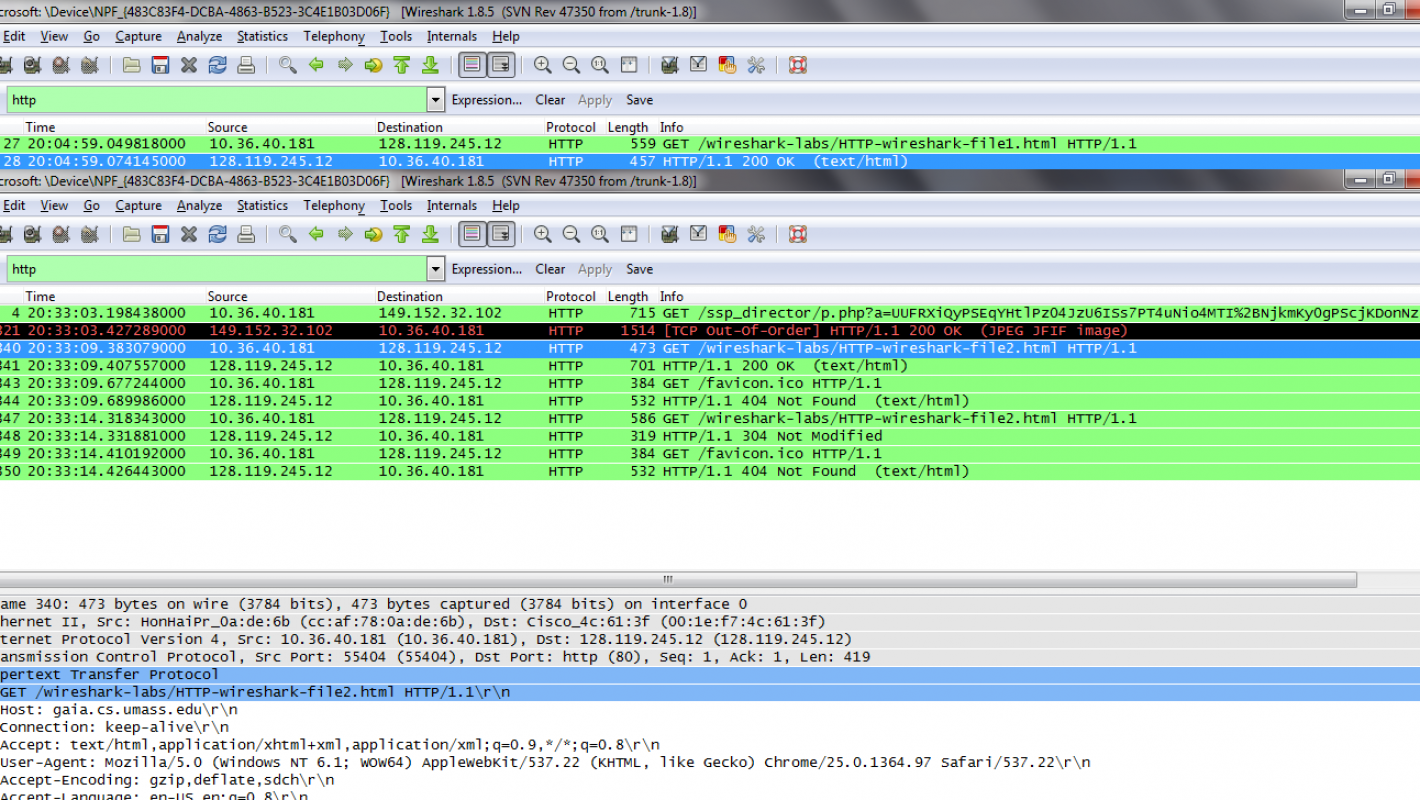

One other gotcha, is that you can't capture everything over the air with Wireshark on Windows using the standard winpcap drivers (that ship with Windows Wireshark). 5 ways DNA Center solves your challenges.

This page tells you the general process (and where you type in the PSK in Wireshark): You can get around this by exporting just this client's packets to a separate file (including the 4-way handshake) and then try again. Newer versions of Wireshark can decode 256 associations so if a lot of associations are being captured at once, it may fail to decode the client you are after. You have to capture the 4-way handshake of the client to derive the PMK for that client's session so if you only capture data after the handshake has happened, you can't decrypt any of it.Ģ. The decode itself is fairly easy but there's a couple of gotchas:ġ. Sometimes though, you really need to see inside the packet trace.įor example, when decoding a voice sniff, being able to replay it to hear the moment a dropout occurs helps to isolate the section of the trace leading up to that event. That's going to tell you how the device is roaming, how it is communicating and if anything obvious is occurring at that level. Once you've got the sniff, though you can look at the outer headers. That elusive failure in a sequence of packets - hard to spot, but sometimes you have to dig really deep to find the root cause.Īpart from needing adapters which can do monitor mode (many cannot), you'll likely need one per channel you're trying to sniff - which means a few if you're debugging 5GHz. Of course packet captures aren't for the faint of heart - you'll capture millions of packets and often can be looking for a needle in a haystack. Wireshark has been around for quite a long time, morphing from ethereal (can you remember that far back?) to what we know and love as Wireshark today. It's not the cheapest tool though, so as an alternate, using Wireshark is a great option. Omnipeek is a powerful sniffer tool, which we use for these scenarios. Having worked on quite a lot of bugs, this is something that every WLAN engineer will eventually have to do. Sometimes it is because you have a bug and you need to see the exact behaviour of devices in the network, in order to work out where the issue lies. During fault finding with WLAN networks, there comes a point where you just have to take it down to the lowest level.


 0 kommentar(er)
0 kommentar(er)
